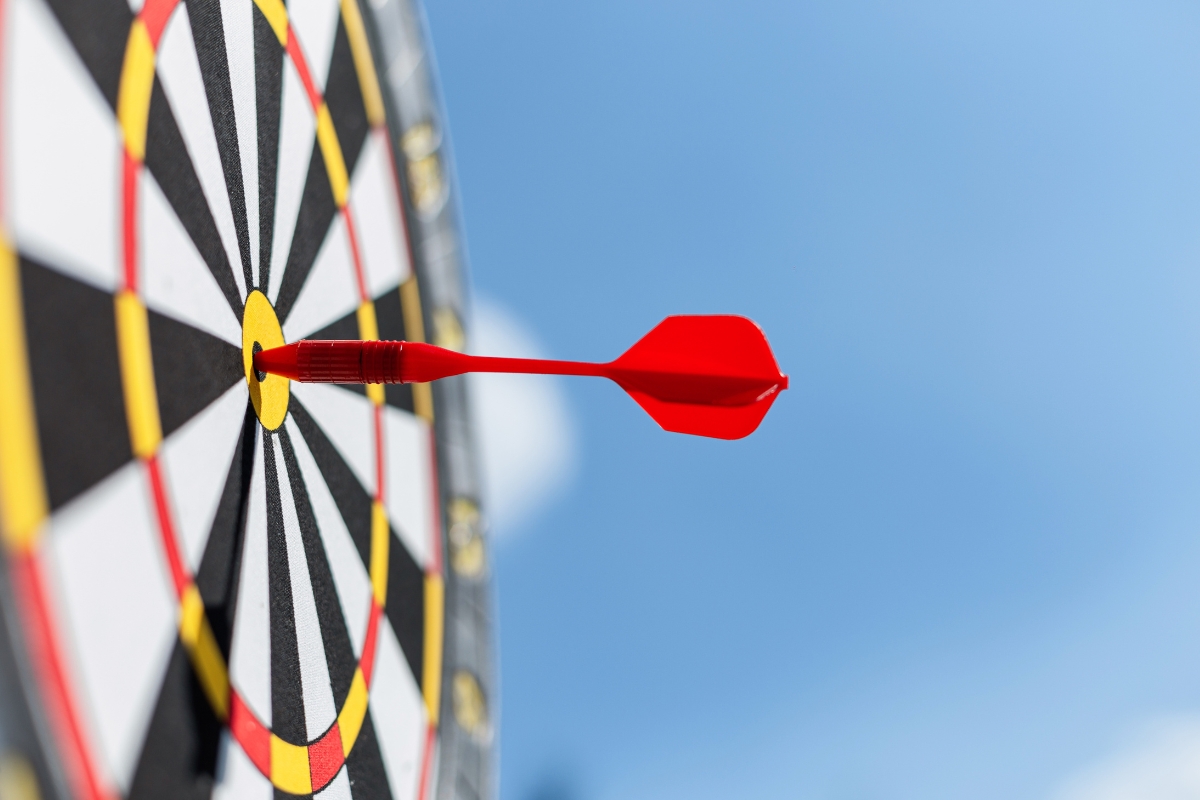Within manufacturing, engineering and other fields where measurement matters, it is essential to know how close a measurement is to the true value of the quantity measured. This is required to ensure quality, safety and consistency in the products manufactured and the integrity of any decisions based on measurements.
In this article, we look at accuracy vs precision, two concepts that aid professionals in determining this closeness. Accuracy and precision are distinct in their definitions and commonly used together, and herein we explore their definition, relatedness and why they matter.
Accuracy
We need to know how close a measurement is to its true value or a reference standard to understand the measurements provided. Hence, accuracy is a measure of how correct a measurement is. For example, if a height gauge is accurate and used to measure the height of a component as a quality check, it will display a reading that is very close to the actual height of the component.
Accuracy is commonly expressed as a percentage. For example, if a measured height is 49.5mm and the true height is 50mm, the accuracy can be expressed as -1%. Aside from using percentages, accuracy may be expressed as a number written using an appropriate number of significant figures. In this instance, the number would be -0.01.
Precision
Precision is different to accuracy. It is a measure of how repeatable a measurement is. For example, if the gauge referred to above is precise, it will give the same reading each time the height is measured. It is precision that accounts for random errors.
Precision is commonly expressed as a range or as a standard deviation.
The Analogy
Consider a basketball player who makes a series of throws to get the ball through the hoop. If the ball enters the ring, then accuracy has been achieved. However, let’s say the player throws with the same form and technique, hitting the same spot on the hoop, but the ball bounces off. Because the aim was to shoot through the ring, accuracy has not been achieved; however, precision has been achieved because the same spot has been consistently hit.
Importance of Accuracy and Precision in Manufacturing and Engineering
Accuracy and precision are essential throughout manufacturing and engineering. For example, consider the following industries which require strict adherence to specifications to ensure performance and safety: Aerospace, Medicine, Electronics, Automotive and Precision Machining. If access to, and assurances of, measurement data are unreliable, then deviations from required measurements could lead to significant risk and dangerous products. This is also true if precision measurement equipment is not used for high-quality measurements.
For example, consider the manufacturing of aeroplanes. Components must be of size within specific tolerances to ensure that they function together safely as a system. If one or more components were to deviate slightly from specification, then it could lead to weaknesses or vibrations, compromising the integrity of the plane and endangering passengers. Therefore, an understanding of accuracy and precision is critical in the production of planes.
Further, when engineers are prototyping improvements to the plane’s design, they do so under specific requirements, constraints and assumptions. If a working prototype is to survive to the final product, the required measurements must also survive.
Within manufacturing, quality assurance is essential. For example, think about producing a component that will eventually be assembled with other components to make a final piece of surgical equipment for the medical industry. For the final assembly’s success and the patient’s safety, the component must be produced according to the customer’s specifications. Hence, accuracy will likely be critical to ensure the component’s fitness for assembly and expected functionality, and precision is essential to ensure optimal production quality. Should they not, then the manufacturer’s reputation may be at risk.
Accuracy and precision are essential to ensure safety, compliance, customer satisfaction and the business’s reputation. Hence, precision measurement is ubiquitous throughout manufacturing and engineering.
Using Accuracy and Precision
With an understanding of accuracy vs. precision as distinct metrics, it is important to consider their combinations. For instance, measurements can be accurate and precise, neither or either.
For example, precision measurement equipment should be accurate so that true values are attained and precise so that the measurements are consistent. This is why measuring equipment is frequently calibrated.
Achieving Precision in Engineering
The key to accurate and precise measuring in manufacturing and engineering is precision measurement equipment. With the correct tools for measuring and appropriate practices, accuracy and precision can be achieved within desired tolerances. This will facilitate the identification and correction of errors, optimisation of production processes, adherence to specifications and the development of new products and technologies that require high quality and performance standards.
So, as you have read, accuracy and precision have very different meanings but are used together frequently in the world of measurement.

Jeff Eley is the founder and managing director of Eley Metrology, a leading company in the precision measurement industry. With decades of experience in metrology, Jeff has established himself as a respected figure in the field. Under his leadership, Eley Metrology has become renowned for its expertise in coordinate measuring machines (CMMs), digital height gauges, and granite metrology products. Jeff’s vision has driven the company to develop innovative solutions, including custom-designed CMMs and the flagship long-bore measurement machine (LBM). His commitment to excellence and customer-centric approach has positioned Eley Metrology as a trusted provider of high-precision measurement tools and services for industries such as aerospace, automotive, and manufacturing.


